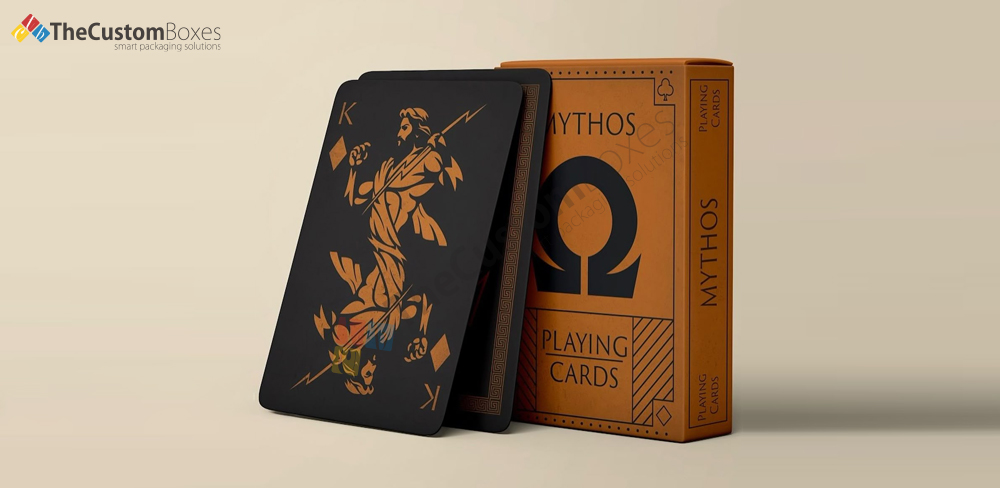Ever opened a fresh deck of cards and had the odd sense they were somehow alive? You’re in good company. Those unassuming millimeters make or break the whole experience. Stand at a casino’s felt-lined table, shuffle a family’s rummy cards on the kitchen table, or draw a moonlit tarot spread, and the difference is palpable from how a hand rests on the table to how a bluff is read across the felt.Let’s clear the table and look at the menus: sizes, types, and the corners of the world that claim them. You might blink at how many flavors the same basic idea can grow.
Why Card Dimensions Matter More Than You Think
The change is subtle enough to miss until you let a dozen decks slip through your fingers. One batch seems to levitate, another sinks until you grip it.
They’ve got their own preferences too. Card dimensions affect: Why the mismatch? Games evolve in different kitchens. Tiny palms hunting for pairs, long fingers stacking poker bets, or tarot seekers tracing cosmic spreads each have a custom-fit card. And when the illusionist fans the cards, one missing millimeter can break the spell
- How many cards you can hold at once
- How easy it is to shuffle and deal
- How readable the card’s design is
- How portable or durable the cards are
In short, size changes everything.
Poker vs Bridge: What’s the Difference?
There are two major types of standard card sizes, and they’re often confused.
Poker Size
- Great for games where you hold just a few cards
- Easier to read and ideal for bold graphics
- Card aficionados, magicians, and curious hoarders can’t get enough of this deck. There’s space enough for the art to breathe and for drama to unfold, but they still glide effortlessly when stacked or fanned.
Bridge Size
- Slightly slimmer than poker cards
- Perfect for games like Bridge, Rummy, and Canasta
Why thinner? Because in games like Bridge, players hold 10+ cards at once. Thinner cards are easier to fan out in your hand.
Regional Card Size Differences
Now the plot thickens. Around the globe, clever hands have settled on slightly different dimensions, and those choices whisper local customs.
Europe In the German-speaking trio Germany, Austria, and Switzerland decks lean a touch taller and narrower. You’ll often see.
- Skat cards: around 59mm x 91mm
- Swiss Jass cards: even taller
These variations come from regional game styles and printing customs. Some cards even have different corners or designs depending on the town they were printed in!
Japan
In Japan, many traditional card games use much smaller, thicker cards.
Take Hanafuda, 33mm x 50mm
- Thick cardstock with beautiful artwork
- Used for games with fewer cards
They feel completely different compared to Western decks—almost like tiles.
India & South Asia
Playing cards in India and Pakistan are mostly inspired by British designs, but local printers often make them thinner or use softer materials.
- Most follow bridge or poker dimensions
- Cards are sometimes a bit more flexible
- Local games like “Teen Patti” or “Rang” prefer lightweight cards
It’s not uncommon to find handmade decks in local markets!
Other Unique Playing Card Types
Outside poker and bridge, there are loads of other card games and they don’t stick to standard sizes.
UNO Cards
- Around 2.25 x 3.5 inches
- Bright colours and curved edges
- Made for kids, so they’re easier to grab and read
UNO cards also have special coatings to help them last longer through all that family chaos!
Tarot Cards
- Tall, wide, and perfect for illustrations
- Perfect for storytelling, fortune-telling, and dramatic flair
Tarot boxes often dress the cards in sturdier stock, dressed in matte or linen finishes to add that premium whisper. Creating your own? Keep these simple pointers in your deck.
Trading Cards
Designed for collectors, with precise cuts
- Fit into protective sleeves and display cases
The fit matters here. A millimetre off, and the card won’t fit properly into storage systems.
Things to Keep in Mind When Choosing a Size
If you’re planning to design or print your own cards, size is more than just a number. Here are a few tips to help you choose the right one:
- Know your audience. Kids? Adults? Collectors?
- Think about handling. Will players hold many cards?
- Plan your design. Small cards = less space for text or images
- Check printing rules. Every printer has limits on bleed, cut zones, and size options
- Measure your box. Will your deck fit properly inside its packaging?
Always test with samples before placing a big order. A great looking design can flop if the size doesn’t feel right in hand.
Conclusion
Pause for a moment and notice the size in your hand. Standard poker-sized cards in the U.S. measure 2.5 by 3.5 inches. That familiar fit has become the industry staple for everything from Texas Hold’em to solitaire. Flip across the ocean to Europe, and the common 2.4 by 3.4-inch bridge size feels a little taller and narrower, perfect for those long, graceful fans in partnerships and in bridge clubs.
But the world keeps expanding. In Asia, mini decks squeeze down to just under 2 by 3 inches, ideal for mahjong-themed card games that squeeze play into tight urban cafés. Designers play and tweak, creating square, circular, and custom-sized cards, each tweak coaxing a fresh rhythm into hand and table.
Tuck a card into your pocket and pull it out when the moment calls, and suddenly the whole world of games is right there, in your hands, perfectly sized for the moment.Take a second. Feel the size. Notice the weight. That small rectangle in your hand carries a story from the place it was made to the purpose it was built for.

